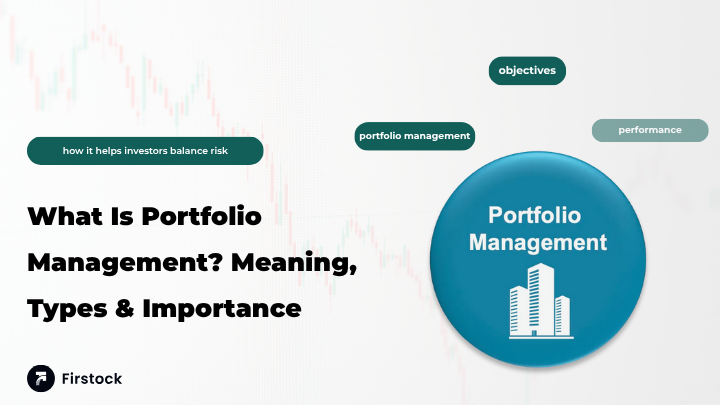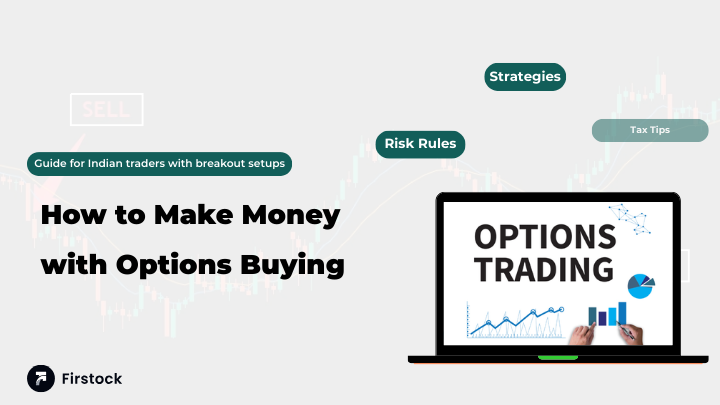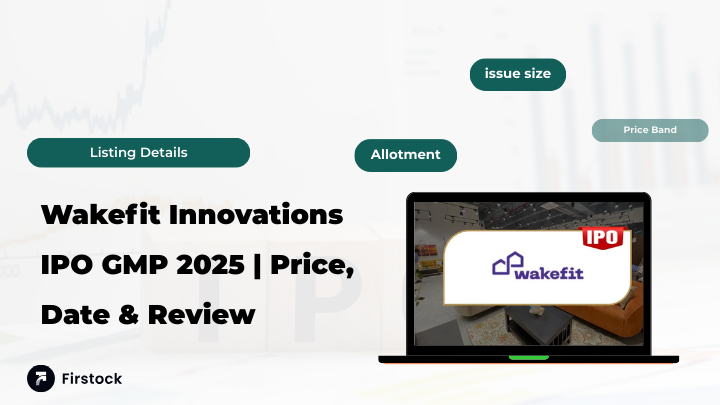What Is Portfolio Management? Meaning, Types & Importance

What Is Portfolio Management? Making Sense of How Smart Investing Really Works
If you’ve ever tried investing, you probably know the feeling — too many choices, too much noise, and never enough time. Stocks,mutual funds, gold, ETFs, bonds… where do you even start?
That’s exactly where portfolio management steps in.
It is similar to possessing a map when you are lost in a complex financial situation, showing you which purchases to make, how much to buy, and at what time to carry out your transaction.
We could explain this concept in a simpler manner, couldn't we?
First, Portfolio Management Explained
Essentially, portfolio management means the intelligent management of your investment - which involves the balancing of risk and return to be able to achieve your financial objectives.
Imagine your portfolio as a thali. You wouldn’t fill your plate with only rice or only curry, right? You’d mix a bit of everything for a balanced meal.
Similarly, in investing, you don’t put all your money into one stock or one asset. You create a balanced “plate” of assets — some for growth, some for stability, and some for liquidity.
That’s portfolio management in a nutshell — building and maintaining that perfect balance.
objectives of portfolio management
You might be thinking, “Can’t I just invest in a few good stocks and let them grow?”
Sure, you can — but without balance, your investments can turn volatile fast. The market doesn’t move in a straight line.
objectives of portfolio management:
- Grow your wealth over time
- Reduce risk by spreading your money across assets
- Generate steady income if you want regular returns
- Keep some money liquid in case you need it
- Make sure you’re not overpaying in taxes
In short — it’s how you make your money work smarter, not harder.
How Portfolio Management Actually Works
Here’s how the process usually goes (whether you do it yourself or through a professional):
- Start with your goals. Are you investing for retirement? A house? Or just wealth creation?
- Know your risk comfort. Some people can sleep peacefully even if their stocks fall 10%. Others panic at 2%. Both are valid — what matters is knowing yourself.
- Pick the right mix of assets. That could include stocks, bonds, mutual funds, ETFs, gold, or even real estate.
- Diversify. Spread your investments so no single event ruins your portfolio.
- Review and rebalance. Every few months or once a year, check if your mix still fits your goals. Adjust as life changes.
Types of Portfolio Management
Different people, different goals — and that’s why there’s more than one style of portfolio management.
🔹 1. Active Management
Here, someone (or you) constantly buys and sells to beat the market. Think: mutual fund managers, or individual investors who track charts and news daily.
Pros: Potentially higher returns Cons: Higher cost and effort
🔹 2. Passive Management
The opposite of active. You simply invest in an index and let it grow. No constant trading, no stress.
Pros: Low cost, great for long-term wealth Cons: You won’t “beat” the market — you’ll be the market.
🔹 3. Discretionary Portfolio Management
You hand over your money to a professional manager, and they handle everything for you — from stock picking to execution.
Example: PMS (Portfolio Management Services). Best for: High-net-worth individuals who prefer hands-off investing.
🔹 4. Non-Discretionary / Advisory Management
Here, the manager gives suggestions, but you make the final call. It’s like having a financial coach guiding you through decisions.
What Makes a Good Portfolio
A good portfolio isn’t just about returns — it’s about balance.
Here’s what goes into one:
Example? If your stocks have done well and now form 80% of your portfolio (up from 60%), it might be time to sell some and reallocate — that’s rebalancing.
Example: A Balanced Portfolio
Let’s say you have ₹10 lakh to invest. A balanced, moderate-risk portfolio might look like this:
- ₹5 lakh (50%) in equity mutual funds or direct stocks
- ₹3 lakh (30%) in debt instruments like bonds or FDs
- ₹1 lakh (10%) in gold ETFs or sovereign gold bonds
- ₹1 lakh (10%) in cash or liquid funds
If the stock market dips, your debt and gold act as a cushion. If the market rises, your equity portion boosts growth.
That’s how diversification keeps your journey smooth.
Portfolio Management Services (PMS) in India
For those who want expert help, Portfolio Management Services (PMS) are regulated by SEBI in India.
You give your funds to a professional manager who invests based on your goals and risk appetite.
Types of PMS:
- Discretionary: Manager makes all decisions
- Non-Discretionary: You approve every move
- Advisory: You just get recommendations
👉 The minimum investment allowed by SEBI for PMS is ₹50 lakh.
⚠️ Disclaimer: PMS is market-linked and involves risk. Returns are not guaranteed.
Why Portfolio Management Is Becoming So Popular
With more Indians investing in stocks and mutual funds than ever before, portfolio management has become essential.
- Digital platforms like Firstock- discount broker have made it easier to track and manage portfolios in real-time.
- Retail investors are becoming more aware of diversification and risk management.
- Technology now allows AI-based portfolio insights and automatic rebalancing.
In short — portfolio management is no longer a “rich person’s thing.” It’s a must for anyone who wants to invest wisely.
Portfolio Management vs Wealth Management
Let’s clear this up — they’re not the same.
Strategies You’ll See in Portfolio Management
There’s no single formula — but here are a few popular strategies:
- Aggressive: Focus on high-growth stocks, high risk
- Conservative: Capital preservation, low risk
- Balanced: Mix of growth and stability
- Value Investing: Buying undervalued stocks and holding long-term
- Thematic: Investing in specific sectors like tech, pharma, or green energy
Pick a strategy that matches your risk appetite and goals, not what’s trending on social media.
Measuring Portfolio Performance
Professionals use metrics like:
But as an investor, the real question is simple:
Are you on track to meet your goals without losing peace of mind?
That’s what performance really means.
The Bottom Line
Portfolio management should not be focused only on chasing great returns but also on building a dependable and safe foundation for your financial life.
Consistency, patience, and being balanced are the three qualities that you simply must have.
The idea is very simple:
Put your money to work so that it keeps getting bigger in the long run at the same time, be very careful.
Disclaimer: This article is a purely educational material and should not be considered as financial advice.
FAQ’S
1. what is portfolio management?
It’s managing your investments — choosing, tracking, and balancing them to reach your goals.
2. Is portfolio management only for big investors?
Not at all. Even small investors can apply its principles — diversify, track, and review.
3. Is portfolio management risky?
Every investment has some risk. The goal is to control it, not avoid it.
4. Can I manage my portfolio myself?
Yes. You can use platforms like Firstock to monitor performance, analyze data, and make informed decisions.
5. What’s the biggest mistake people make?
Ignoring rebalancing. Markets change — your portfolio should too.





